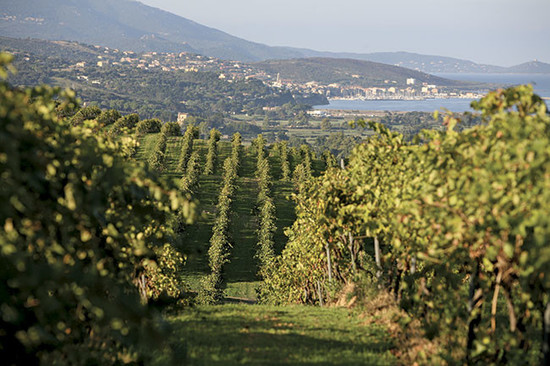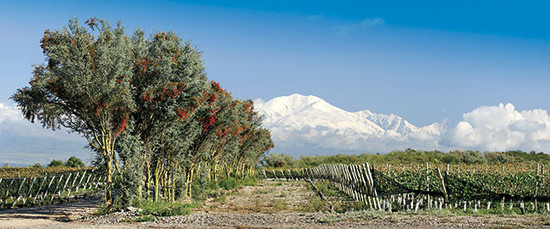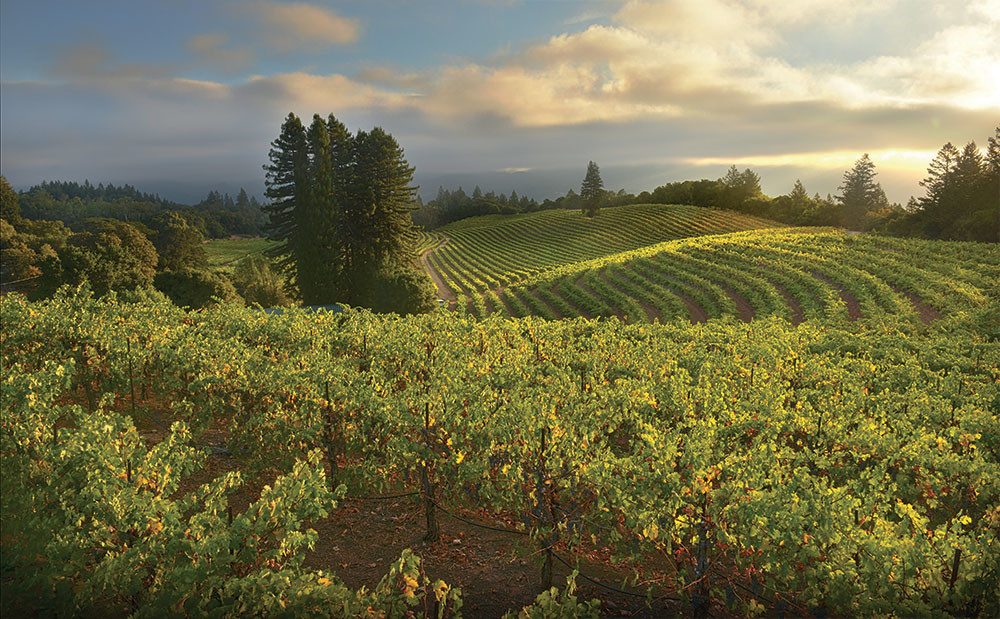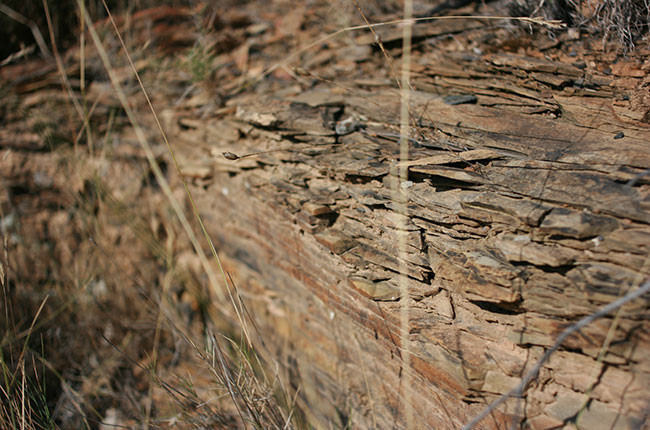Every month Decanter magazine chooses an unusual and exciting terroir to feature in the 'Joy of Terroir' feature. Here is the second half of 2015 selection.
See below for some of the best vineyard photos published by Decanter magazine in the last six months of 2015 – all from Joy of Terroir 2015.
July 2015: Domaine Sant Armettu, Corsica
This undulating hillside vineyard, overlooking the Gulf of Propriano and fanned by sea breezes, belongs to Sant Armettu, established 50 years ago by the grandfather of current owner Gilles Seroin. That Corsica can make wines of interest is a message that has only recently spread beyond its shores – in the case of this 35ha domaine, a Vermentino white; rosé from Sciacarello and Grenache; and reds from Sciacarello, Nielluccio, Syrah and Grenache. Sant Armettu’s vines, which have an average age of 23 years, are planted in granitic sand, on terraces along the slopes, without the use of weedkillers or chemical fertilisers. Though Corsica is part of France, many of its winemaking traditions and grape varieties are Italian in origin. Nielluccio, for instance, has close genetic similarities to Tuscany’s Sangiovese grape.

August 2015: Masi's La Arboleda, Tupungato
Framing the majestic view of the active volcano Tupungatito is the Masi Vigneti La Arboleda estate in Argentina. The Boscaini family acquired this 140ha domaine 20 years ago. It found the perfect pedoclimate of sand, stone, chalk and loose silt for its imported Venetian vines to flourish. The chañar trees, native to a few South American countries, bear deep orange fruit – an indication that spring has arrived in the valley. The delicate shift between seasons is crucial in the Italian process of appassimento – drying grapes at the time of hand picking – and a staple of Masi’s expertise. The climate also dictates some year-round measures: the vines are netted to guard against hailstorms that arrive over the Andes. The region in fact has scarce rainfall of 250mm-300mm per year, so depends on a wealth of underground water, augmented by a small reservoir that modifies the microclimate into one perfectly suited to imported Corvina and Pinot Grigio vines and the native Argentinean Malbec and Torrontés.

Continue reading on next page.
Translated by ICY
All rights reserved by Future plc. No part of this publication may be reproduced, distributed or transmitted in any form or by any means without the prior written permission of Decanter.
Only Official Media Partners (see About us) of DecanterChina.com may republish part of the content from the site without prior permission under strict Terms & Conditions. Contact china@decanter.com to learn about how to become an Official Media Partner of DecanterChina.com.




Comments
Submit